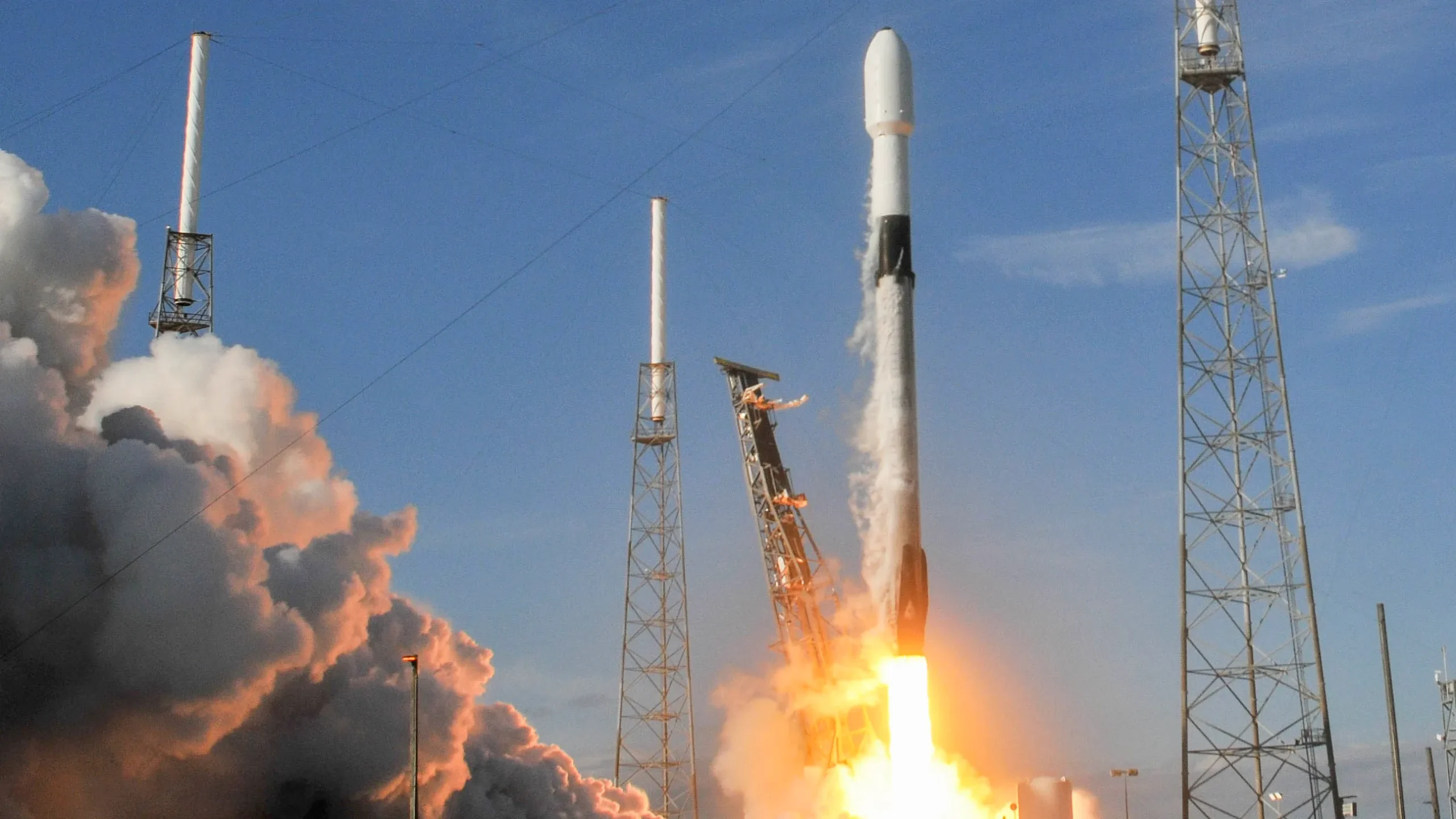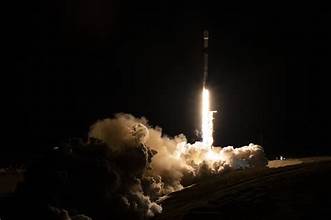
SpaceX has long been a trailblazer in the realm of space exploration, pushing boundaries with its innovative approach and ambitious goals. The company’s recent launch has once again solidified its role in shaping the future of space exploration. In this article, we will delve into the specifics of this groundbreaking launch, its implications for the space industry, and how it aligns with SpaceX’s broader vision.
The Recent Launch: A Milestone Achievement
On [specific date], SpaceX achieved a significant milestone with the launch of [rocket name/mission name], a mission that has garnered widespread attention for its technological advancements and strategic objectives. This launch was notable for several reasons:
- [Technological Innovation]: The mission featured [specific technology or feature], which represents a major leap forward in space technology. For instance, if the launch involved a new type of rocket engine or advanced spacecraft design, this could pave the way for more efficient and cost-effective space travel.
- [Mission Goals]: The primary objectives of the mission included [objectives], such as deploying satellites, testing new technologies, or facilitating interplanetary exploration. These goals reflect SpaceX’s commitment to expanding human presence beyond Earth and making space more accessible.
- [Success Metrics]: The mission achieved [specific success metrics], such as successful launch and landing, precision in deploying payloads, or gathering valuable data. These achievements underscore SpaceX’s ability to execute complex space missions with precision and reliability.
Implications for Space Exploration
The impact of SpaceX’s recent launch extends far beyond the immediate success of the mission. Here’s how it influences the future of space exploration:
- Advancing Space Technology: By introducing new technologies or refining existing ones, SpaceX is setting new standards for the space industry. Innovations in rocket design, propulsion systems, or spacecraft capabilities can lead to more efficient missions and open up new possibilities for space travel.
- Reducing Costs: One of SpaceX’s key goals has been to reduce the cost of space exploration. The successful implementation of reusable rocket technology, for example, significantly lowers the cost per launch. This reduction in expenses can make space missions more financially viable and increase the frequency of launches.
- Expanding Human Presence: SpaceX’s missions are not just about technological advancements; they are also about expanding human presence in space. By paving the way for future missions to the Moon, Mars, and beyond, SpaceX is contributing to the long-term goal of establishing a sustainable human presence beyond Earth.
- Encouraging Private Sector Participation: SpaceX’s success serves as a catalyst for other private companies to invest in and pursue space exploration. The company’s achievements demonstrate the potential for private enterprises to play a significant role in space missions, fostering a competitive and innovative space industry.
Aligning with SpaceX’s Vision
SpaceX’s recent launch aligns seamlessly with its broader vision of revolutionizing space exploration. Founded by Elon Musk with the ambitious goal of making space travel more affordable and accessible, SpaceX has consistently pursued this vision through various strategic initiatives:
- [Mars Colonization]: One of SpaceX’s long-term objectives is to establish a human colony on Mars. The recent launch supports this goal by testing technologies that could be crucial for interplanetary travel and long-term space habitation.
- [Commercial Space Travel]: SpaceX is also focused on making space travel accessible to private individuals and commercial entities. The recent mission’s success in demonstrating new technologies or capabilities could be a stepping stone towards commercial spaceflight opportunities.
- [Global Connectivity]: With initiatives like the Starlink project, SpaceX aims to provide global internet coverage through a constellation of satellites. The recent launch contributes to this vision by deploying satellites that enhance global connectivity and bring the world closer together.
Conclusion
SpaceX’s recent launch marks a significant achievement in the ongoing quest for space exploration. By advancing technology, reducing costs, and expanding human presence in space, SpaceX is not only reaching new milestones but also setting the stage for a future where space is more accessible and impactful. As the company continues to push the boundaries of what is possible, the space industry is poised for exciting developments that could transform our understanding and utilization of space.

